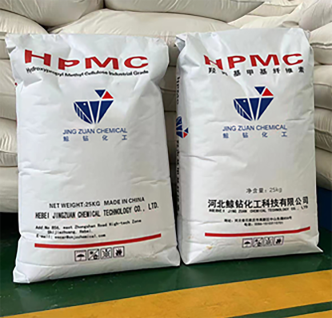
Nov . 25, 2024 15:13 Back to list
hpmc for construction
HPMC for Construction An Essential Additive for Modern Building Materials
Hydroxypropyl Methylcellulose (HPMC) is a versatile polymer widely used in the construction industry to enhance the performance of various building materials. This cellulose ether is derived from natural cellulose and is modified to create a product that is soluble in water and offers numerous benefits to construction applications. Its unique properties make it an essential additive in mortars, plasters, and other cement-based products. In this article, we will explore the role of HPMC in construction, its advantages, and its applications.
One of the primary functions of HPMC in construction is to act as a thickening agent. When added to cement-based mixtures, HPMC increases the viscosity of the material, resulting in improved workability. This is particularly important in applications like tile adhesives and grouts, where a smooth, easily spreadable compound is necessary. The enhanced workability ensures that the materials can be applied evenly and without difficulty, allowing for a more efficient installation process.
HPMC for Construction An Essential Additive for Modern Building Materials
Another significant advantage of HPMC is its ability to enhance adhesion properties. When used in tile adhesives and plaster formulations, HPMC improves the bonding strength between different materials, ensuring that tiles and other components adhere securely to surfaces. This is crucial for preventing delamination and ensuring the longevity of installations. The excellent adhesion properties provided by HPMC ensure that the structures remain intact and functional over time, reducing the need for repairs and maintenance.
hpmc for construction

HPMC is also known for its excellent stability and resistance to environmental factors. It does not gel or settle easily, which means that formulations containing HPMC can remain consistent and effective over time. This stability is vital for construction materials that may be stored for extended periods before use. Furthermore, HPMC is resistant to many chemicals and maintains its properties even when exposed to various environmental conditions.
One of the defining characteristics of HPMC is its versatility. This makes it suitable for a wide range of applications in the construction industry. HPMC is commonly used in tile adhesives, cement plasters, self-leveling compounds, masonry mortars, and even in decorative coatings. Its adaptability allows manufacturers to tailor formulations to specific needs, creating products that meet the demands of modern construction projects.
Environmental sustainability is another important aspect of using HPMC in construction. Derived from renewable natural resources, HPMC is considered an environmentally friendly option compared to synthetic alternatives. As the construction industry increasingly focuses on sustainability and eco-friendly practices, the use of HPMC aligns with these goals by reducing the reliance on petrochemical products.
In conclusion, Hydroxypropyl Methylcellulose (HPMC) is an essential additive in the construction industry, significantly enhancing the performance of building materials. Its ability to improve workability, water retention, and adhesion, along with its stability and versatility, makes it a preferred choice for manufacturers and contractors alike. As the demand for high-performance construction materials continues to grow, HPMC will play a crucial role in driving innovation and promoting sustainability in the industry. The continued adoption of HPMC not only benefits construction processes but also supports the development of durable and environmentally friendly structures for the future.
-
Versatile Hpmc Uses in Different Industries
NewsJun.19,2025
-
Redispersible Powder's Role in Enhancing Durability of Construction Products
NewsJun.19,2025
-
Hydroxyethyl Cellulose Applications Driving Green Industrial Processes
NewsJun.19,2025
-
Exploring Different Redispersible Polymer Powder
NewsJun.19,2025
-
Choosing the Right Mortar Bonding Agent
NewsJun.19,2025
-
Applications and Significance of China Hpmc in Modern Industries
NewsJun.19,2025







